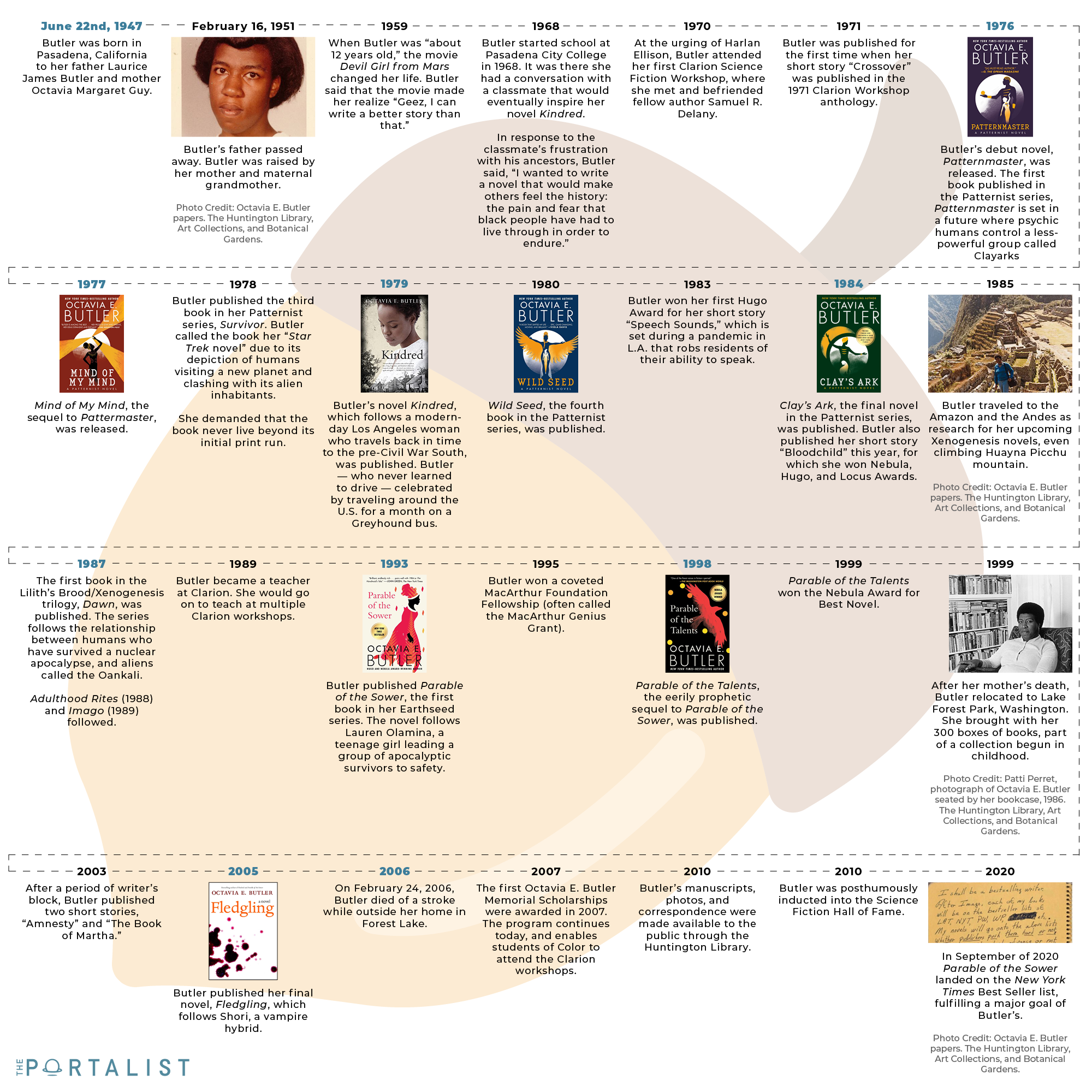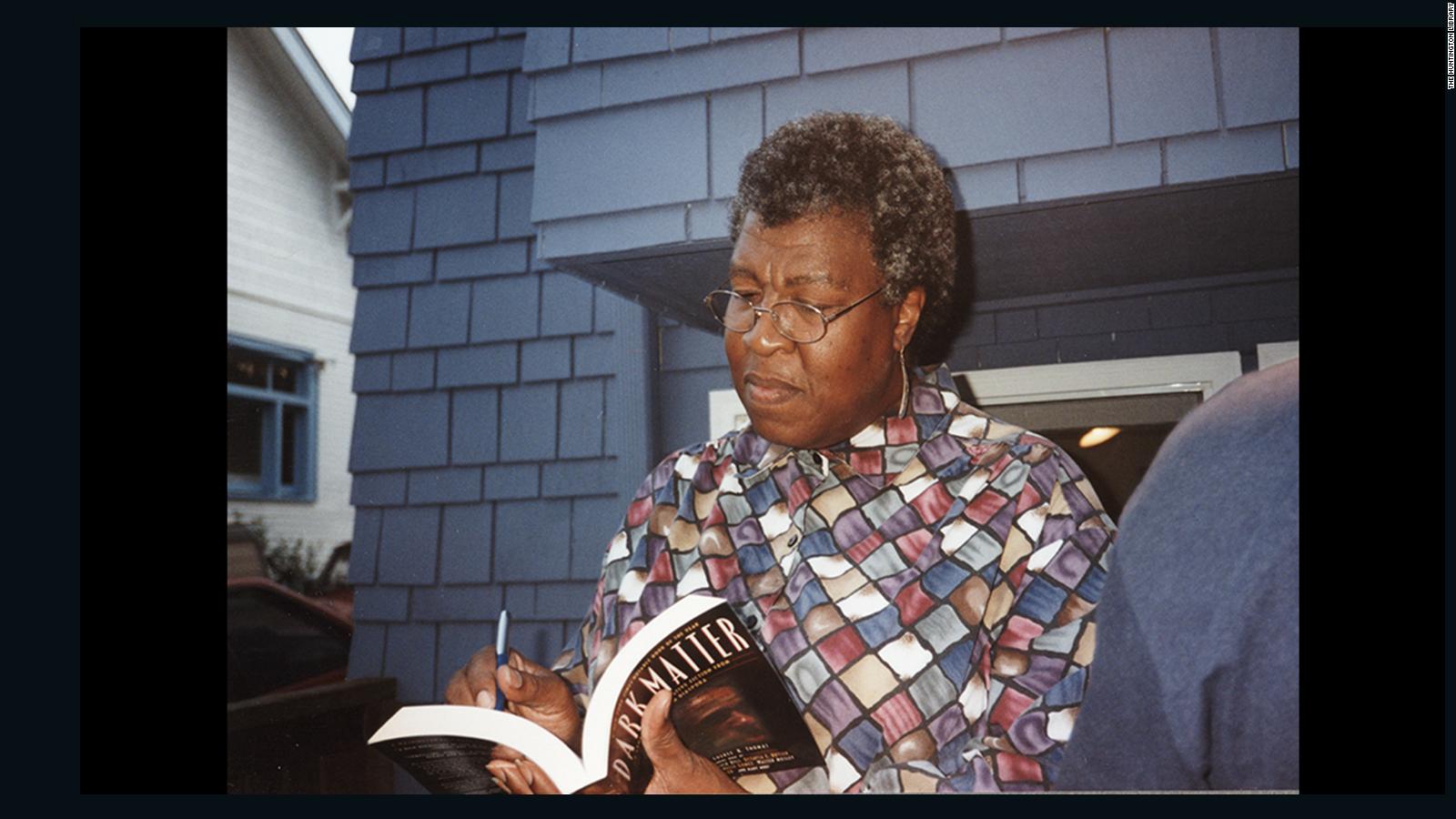
Following Alaimo and Kafer, we may ask about other ways of thinking of bodies and their environment. Alison Kafer (2013) identifies this necessity and calls for recognizing our interdependence that "makes room for a range of experiences of human and nonhuman nature, disrupting the ableist ideology that everyone interacts with nature in the same way" (144). Other ways to think about bodies and environment where the former are not enclosed systems, but multiple, porous entities that become with others is essential in undoing such ableist paradigms. Such an imagination of "health" erases any question of difference of bodies within environmental studies and proposes an intact, closed, unified body. Stacy Alaimo (2017) observes that within environmental studies, these agents are often imagined as able-bodied persons with the "ideal of 'natural,' 'healthy' bodies" (x).

This thought of mastery over nature assumes an intact, individual agent that can act upon some object, nature, where there exists a clear separation between the agent's body and the object that the agent is acting upon.


In her argument against the domestication of women and plants, Anna Tsing (n.d.) posits human exceptionalism's blinding effect on our relationship with nature where concepts of human mastery and autonomy prevail in our discourses rather than interspecies action.


 0 kommentar(er)
0 kommentar(er)
